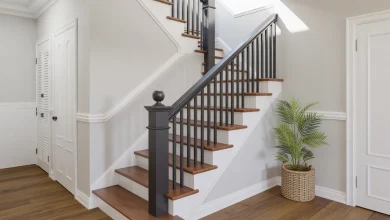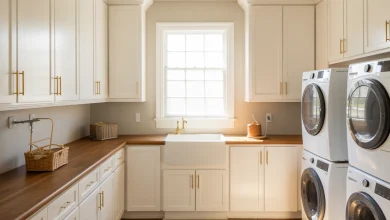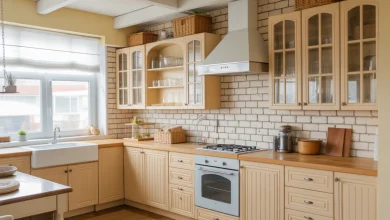Biophilic Design: Bringing Nature Indoors
Table of Contents
Key Principles of Biophilic Design. 1
Visual Connection with Nature: 1
Dynamic and Diffuse Light: 2
Biomorphic Forms and Patterns: 2
Cultural and Ecological Connection: 2
Benefits of Biophilic Design. 2
- Improved Well-being. 2
- Enhanced Creativity and Productivity. 2
- Better Air Quality. 3
- Energy Efficiency. 3
- Connection to Nature. 3
Introduction
In recent times, the idea of biophilic design has been a subject of interest to architects and interior designers and it has become one such topic in the industry. It is called a green building or biophilic design. It provides a natural environment for people to enjoy thereby improving the quality of their lives as well as productivity. The spectrum of biophilic design is extensive, ranging from office spaces to residential homes, which form a social, economic, and health building block with visible and unseen outcomes. In this guide, we will review basic principles of biophilic design, advantages, and tips for bringing it into your everyday life- be it your residence or working space.
What is Biophilic Design?
Biophilic design is a creative initiative in architecture and interior design where architects work towards restoring the human bond with the natural ecology of the surroundings. It was in the 1980s when biologist Edward O. Wilson, established the existence of a genetic predisposition called Biophilia, that aims to connect human beings, with nature and the rest of the other life forms. The backbone of biophilic design is our innate yearning for nature. The designers try to stimulate natural surroundings into the structure by using plants, natural materials, and views.
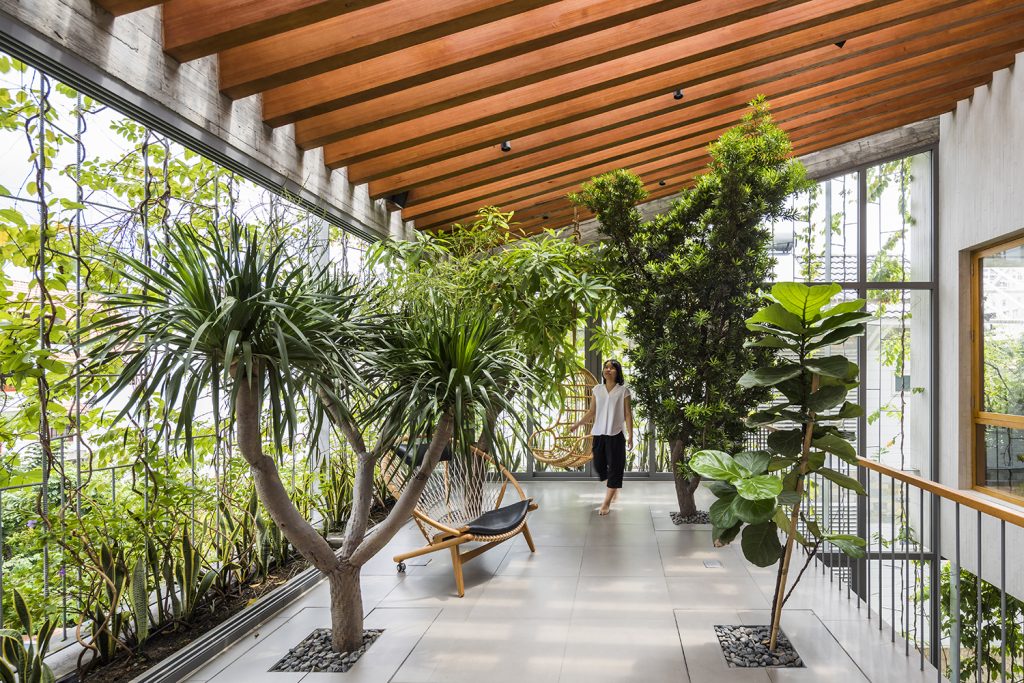
Key Principles of Biophilic Design
ü Visual Connection with Nature:
Consumer of natural elements like plants, water features, and natural light when designing the overall content.
ü Natural Materials:
With environmentally friendly materials like wood, rock, and bamboo in construction and furnishings works.
ü Dynamic and Diffuse Light:
Through an accent on the natural light and light intensity by day.
ü Presence of Water:
Integrating water elements such as fountains, ponds, or water walls in landscape design has shown to be effective in cooling down outdoor environments as the summer season approaches, the heat becomes much more unbearable.
Air conditioners are the most common method of combating these high temperatures, but they come with many disadvantages.
ü Biomorphic Forms and Patterns:
The use of nods to nature in the form of repeated shapes reflecting the existing shapes and patterns in the surrounding world.
ü Rich Sensory Experience:
The utilization of natural textures, sounds, and smells in the sense of engagement would help in creating an ambiance.
ü Refuge and Prospect:
Creating special areas that have the feeling of a haven and amplitude of choosing the outside view for this purpose.
ü Cultural and Ecological Connection:
Serving the environment which is the manner of living, here the ecology and the culture of local people are integrated inside the building.
Benefits of Biophilic Design
1. Improved Well-being
Numerous studies have shown that exposure to nature and natural elements can have a positive impact on mental and physical health. Biophilic design can reduce stress, improve mood, and increase productivity.
2. Enhanced Creativity and Productivity
Spaces designed with biophilic principles can stimulate creativity and enhance cognitive function. Employees in biophilic offices report higher levels of satisfaction and productivity.
3. Better Air Quality
Incorporating plants into indoor spaces can improve air quality by reducing pollutants and increasing oxygen levels.
4. Energy Efficiency
Biophilic design can also lead to energy savings by maximizing natural light and ventilation, reducing the need for artificial lighting and air conditioning.
5. Connection to Nature
Biophilic design helps people feel more connected to the natural world, even in urban environments, leading to a greater appreciation for the environment and a desire to protect it.
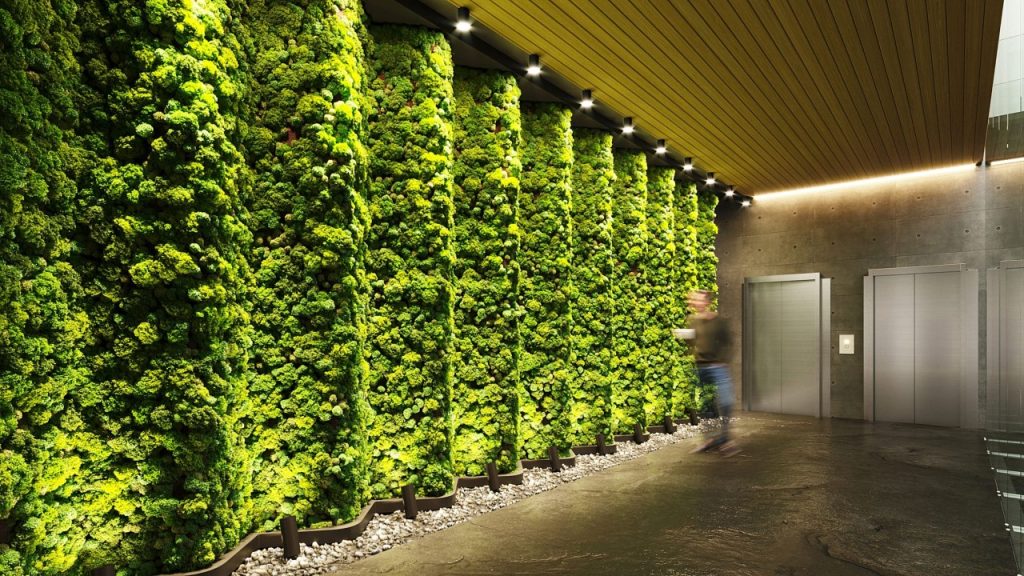
Final Words
You can, therefore, create a space that is not only pleasing but also thrills and boosts health, and well-being through, well, these design principles. Biophilic design acts as an integrative way of the creation of the interior that has positive influences including on the people and the environment.

